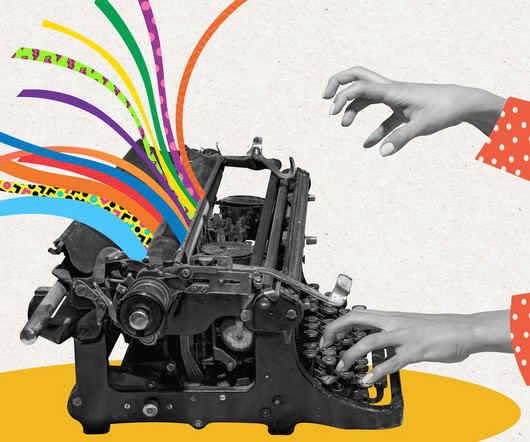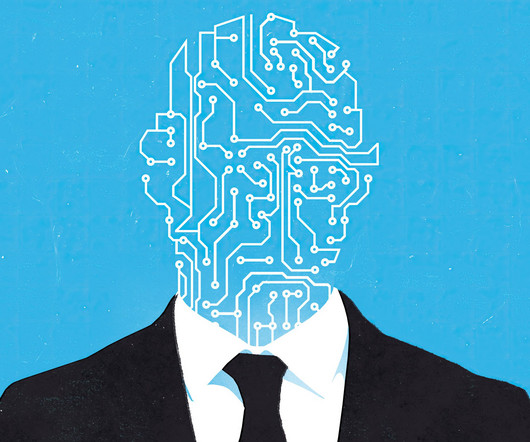An AI tutor helped Harvard students learn more physics in less time
The Hechinger Report
SEPTEMBER 16, 2024
A student’s view of PS2 Pal, the AI tutor used in a learning experiment inside Harvard’s physics department. Screenshot courtesy of Gregory Kestin) We are still in the early days of understanding the promise and peril of using generative AI in education. Students also reported that they felt more engaged and motivated.















Let's personalize your content